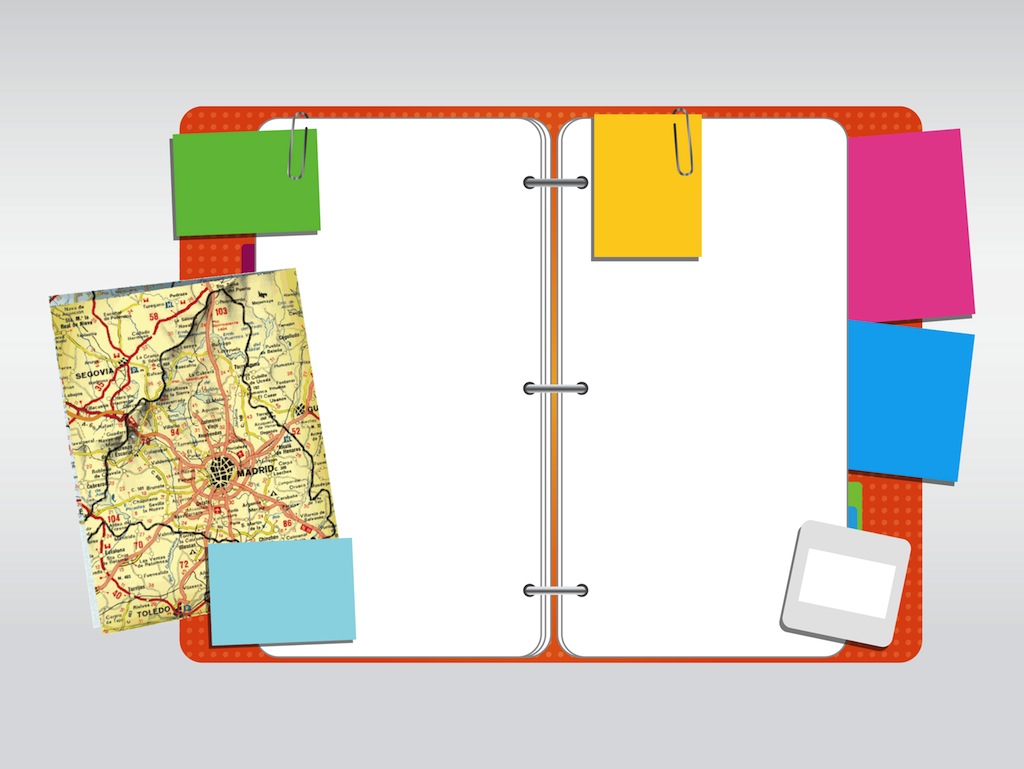Traveling to a foreign country is without a doubt one of the best ways to achieve proficiency in a foreign language. There are many people that include six months to a year abroad as part of their language study in order to put new language skills to use in the real world, while others simply begin traveling so they’ll be forced to pick up on their target language. Either way, combining travel and language study is an excellent out-of-the-box way to pursue learning a foreign tongue while having great adventures along the way!

Now, if you’re like me, you probably prefer doing some prep work before you head off on your amazing adventure! One way to do this is to get a series of study language lessons under your belt. Why? Because traipsing off to a foreign country without having added the language basics to your repertoire could result in a variety of difficult situations which even the most able traveler might have issues dealing with. After all, you do want to be able to give good directions to your taxi driver right after you get off that plane.
Once you’re in country, don’t be afraid to head off the beaten path – as long as you’re safe during your journeys. Why is this important? Because as tempting as it may seem to stick with the Top 10 Galleries and Museums in Paris, for example, you won’t be challenged as often to use the target language because most people hanging around the major tourist draws can communicate with you in English. Give all those main tourist destinations a good try, but also head off to the smaller villages and towns so you’ll be forced more often to put your language skills to the test.
Another aspect of language learning while traveling can be one of the most intimidating: asking questions. One of my greatest fears when abroad is to have to ask for directions as I generally worry that I won’t understand the response I’m given and will end up somewhere completely unexpected. But I still force myself to do it and so should you. Getting directions in a foreign language is a mental exercise which will stretch your language learning to new levels and push your proficiency up.
Striking up casual conversations with people you meet in your travels is another great way to improve your language learning experience and help you increase your abilities as a conversationalist. This goes hand in hand with asking for directions and is a must for every traveler/language learner. People always appreciate it much more when you try to communicate with them in their native tongue and you’ll be sure to pick up some colloquial terms along the way. Just look at it this way: even if you completely botch up the conversation, fail to understand anything the other person said, or forgot the majority of your vocabulary, it’s not likely you’ll ever run into that person again so the embarrassment of getting lost in translation significantly decreases as a result.
If you manage to put all of these concepts into practice, then kudos to you! Traveling while learning a new language can be a thrilling experience and picking up on the language of the country you’re traveling in can be one of the greatest compliments you can pay that culture. So don’t be afraid to push yourself outside your comfort zone. And whether you’re experiencing the gems of Italy or taking the road less travelled, go out and explore. Put yourself out there to learn and have some great experiences. Happy travels!



